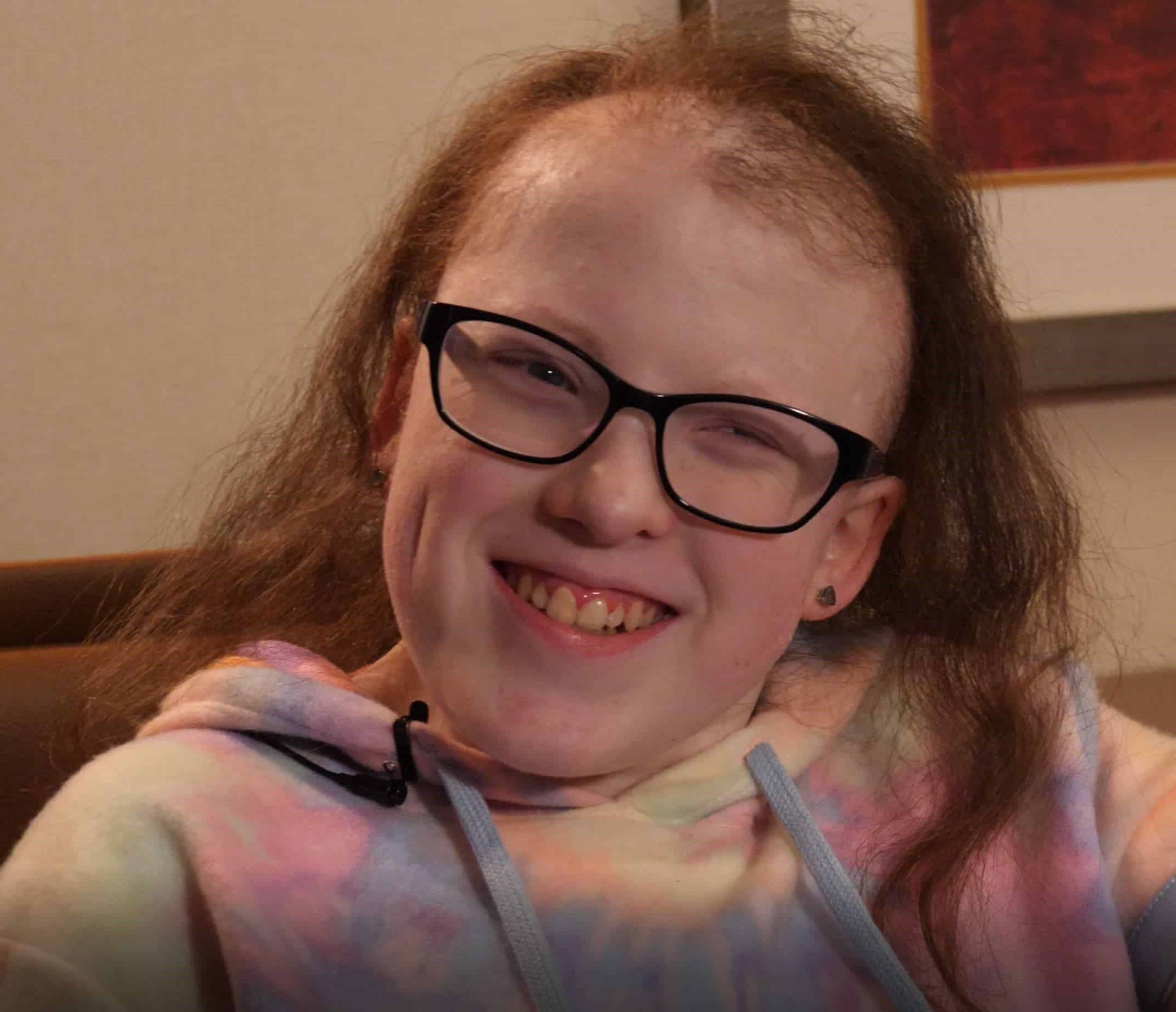
Conradi–Hünermann Syndrome is a rare genetic disorder that affects bone growth, skin, and eyes. This condition, also known as chondrodysplasia punctata, can lead to a variety of symptoms, including short stature, cataracts, and skin abnormalities. Caused by mutations in the EBP gene, it primarily impacts females due to its X-linked dominant inheritance pattern. Symptoms can vary widely, even among family members. Early diagnosis and treatment are crucial for managing complications and improving quality of life. Understanding this syndrome helps in recognizing its signs and seeking appropriate medical care. Let's dive into 15 intriguing facts about Conradi–Hünermann Syndrome to shed light on this complex condition.
What is Conradi–Hünermann Syndrome?
Conradi–Hünermann Syndrome, also known as Conradi–Hünermann–Happle Syndrome, is a rare genetic disorder. It primarily affects the skin, skeleton, and eyes. This condition is part of a group of disorders known as chondrodysplasia punctata.
-
X-Linked Dominant Disorder: This syndrome is inherited in an X-linked dominant manner. It means the gene responsible is located on the X chromosome, and a single copy of the altered gene can cause the disorder.
-
Caused by Mutations in the EBP Gene: The EBP gene provides instructions for making a protein involved in cholesterol biosynthesis. Mutations in this gene disrupt the normal production of cholesterol, leading to the symptoms of the syndrome.
Symptoms of Conradi–Hünermann Syndrome
The symptoms of Conradi–Hünermann Syndrome can vary widely among individuals. Here are some common manifestations.
-
Stippled Epiphyses: One of the hallmark features is stippled epiphyses, which are small, dot-like calcifications in the growing ends of bones. These can be seen on X-rays.
-
Ichthyosiform Erythroderma: Many affected individuals have red, scaly skin at birth, a condition known as ichthyosiform erythroderma. This skin condition often improves with age.
-
Asymmetrical Limb Shortening: Limb length discrepancies are common. One limb may be shorter than the other, leading to asymmetrical limb shortening.
-
Cataracts: Eye abnormalities, such as cataracts, are frequently observed. Cataracts can impair vision and may require surgical intervention.
Diagnosis and Treatment
Diagnosing Conradi–Hünermann Syndrome involves a combination of clinical evaluation, imaging studies, and genetic testing. Treatment focuses on managing symptoms and improving quality of life.
-
Genetic Testing: Genetic testing can confirm the diagnosis by identifying mutations in the EBP gene. This helps in understanding the specific genetic cause of the syndrome.
-
Orthopedic Interventions: Orthopedic treatments, such as surgery or physical therapy, may be necessary to address skeletal abnormalities and improve mobility.
-
Dermatological Care: Dermatological treatments can help manage skin conditions. Moisturizers, topical steroids, and other medications may be used to alleviate symptoms.
-
Ophthalmological Care: Regular eye examinations are crucial. Cataracts and other eye issues may require surgical intervention to preserve vision.
Living with Conradi–Hünermann Syndrome
Living with Conradi–Hünermann Syndrome can be challenging, but with proper care and support, individuals can lead fulfilling lives.
-
Early Intervention: Early intervention services, including physical, occupational, and speech therapy, can help children develop essential skills and improve their quality of life.
-
Support Groups: Connecting with support groups and organizations can provide valuable resources and emotional support for affected individuals and their families.
-
Regular Monitoring: Regular medical check-ups are essential to monitor the progression of symptoms and adjust treatments as needed.
-
Educational Support: Children with Conradi–Hünermann Syndrome may benefit from individualized education plans (IEPs) to address their unique learning needs.
-
Psychological Support: Psychological support, including counseling and therapy, can help individuals and families cope with the emotional challenges associated with the syndrome.
Understanding Conradi–Hünermann Syndrome
Conradi–Hünermann Syndrome, a rare genetic disorder, affects bone growth, skin, and eyes. It's caused by mutations in the EBP gene, leading to skeletal abnormalities, cataracts, and skin issues. Early diagnosis and treatment can improve quality of life, though there's no cure. Genetic counseling helps families understand risks and manage the condition.
Living with Conradi–Hünermann Syndrome requires a multidisciplinary approach, involving orthopedic care, dermatology, and ophthalmology. Support groups and resources provide emotional and practical assistance. Awareness and research are crucial for better treatments and support.
By knowing these facts, we can foster a more inclusive society for those affected. Every bit of knowledge helps in creating a supportive environment. Let's continue to educate ourselves and others about Conradi–Hünermann Syndrome, ensuring those affected receive the care and understanding they deserve.
Was this page helpful?
Our commitment to delivering trustworthy and engaging content is at the heart of what we do. Each fact on our site is contributed by real users like you, bringing a wealth of diverse insights and information. To ensure the highest standards of accuracy and reliability, our dedicated editors meticulously review each submission. This process guarantees that the facts we share are not only fascinating but also credible. Trust in our commitment to quality and authenticity as you explore and learn with us.


